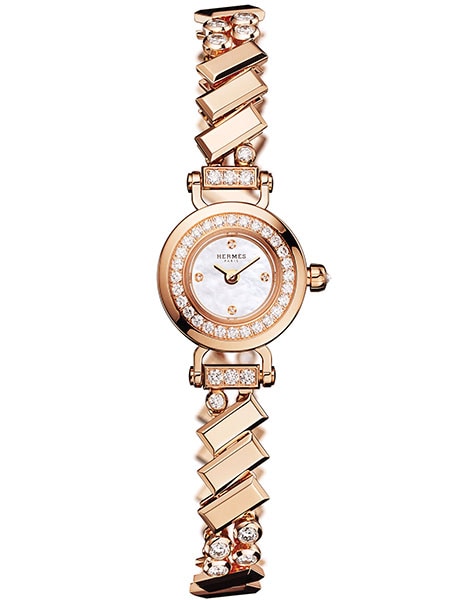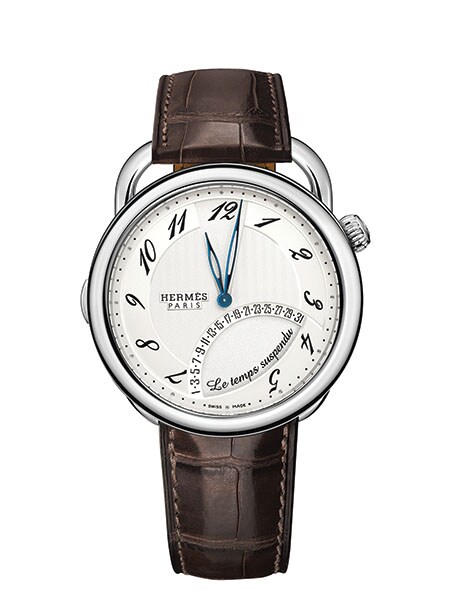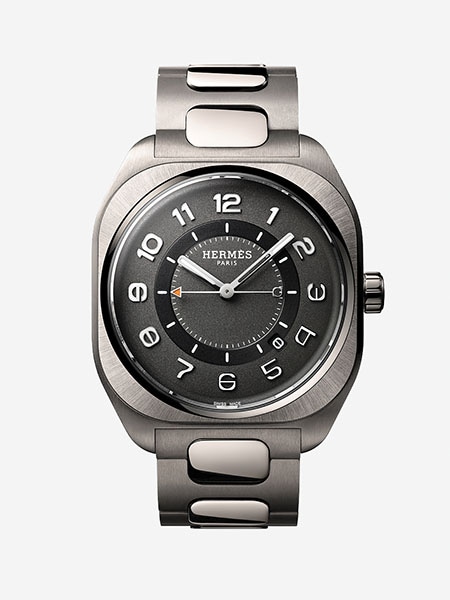
For HermĂšs, time is a friend, we like to play with it: Laurent Dordet
HermĂšs Horloger CEO Laurent Dordet talks about the brand's new launches and bringing fun and creativity to the watch universe

Image: Johann Sauty /HermĂšs
In the year of the pandemic, luxury brand HermĂšs reported a consolidated revenue of âŹ6,389 million, a decrease limited to about 6 percent at constant exchange rates. About 3 percent of the turnover comes from HermĂšsâs watchmaking division, set up in 1978 in Bienne (Brugg) at the heart of the Swiss watch industry, and which in recent years has increasingly been involved in developing and producing its own movements, combining them with the unique aesthetic of HermĂšs.
On the sidelines of Watches and Wonders 2021 held in Geneva, Laurent Dordet, who has been with HermĂšs for over 25 years and who took over as CEO of HermĂšs Horloger in 2015, speaks to Forbes India about the brandâs new launches and older iconic watches, the relevance of watches in the digital age and the playfulness HermĂšs brings to the telling of time. Edited excerpts from an interview:
Q. How big a component are watches in the HermĂšs universe and where do they fit in in the bigger watch universe?
In terms of figures, watches are about 3 percent of the sales. Thirty years ago it used to be close to 10 percent; the figure has reduced not because watches reduced but because leather, specially, boomed. So 3 percent is not big, but itâs 3 percent of a big turnover.
The watchmaking industry is about pure playersâpure players since centuries or since 20 years, like Richard Mille for example. In the more extended brands that have succeeded in true and authentic Swiss watches, itâs about HermĂšs, Chanel and Bulgari. Our segment is quite limited, and we play a role to make this segment bigger.

















